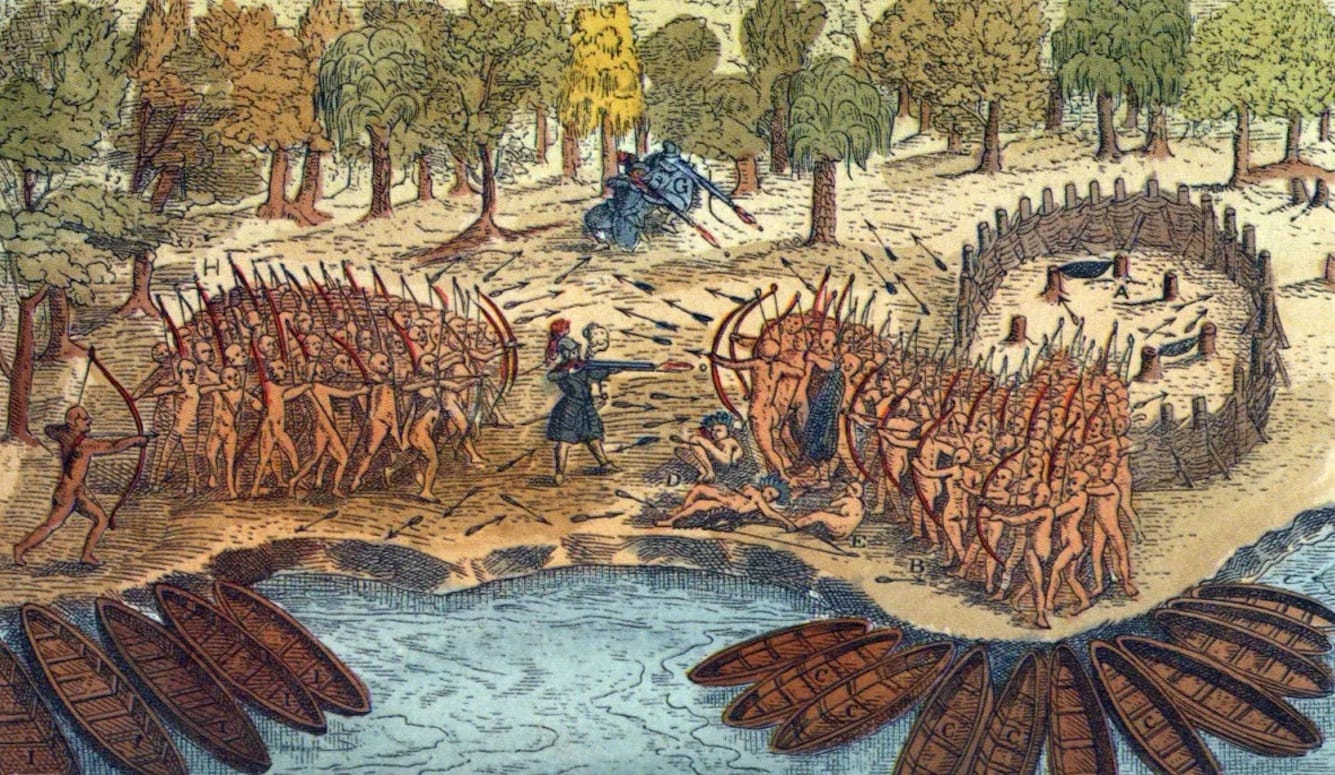Nations of Canada
A Different Way of Fighting
In the eighteenth instalment of ‘Nations of Canada,’ Greg Koabel describes the confusion that resulted when French and Indigenous fighters jointly assaulted an Iroquois village in 1615.
· 29 min read

Keep reading
Natalism and the Welfare Mother
Stephen Eide
· 6 min read
A New Middle East?
Brian Stewart
· 6 min read
Greta Thunberg’s Fifteen Minutes
Allan Stratton
· 10 min read
Gentrifying the Intifada
John Aziz
· 8 min read
Creative Writing in the Age of Trump
Daphne Merkin
· 7 min read





